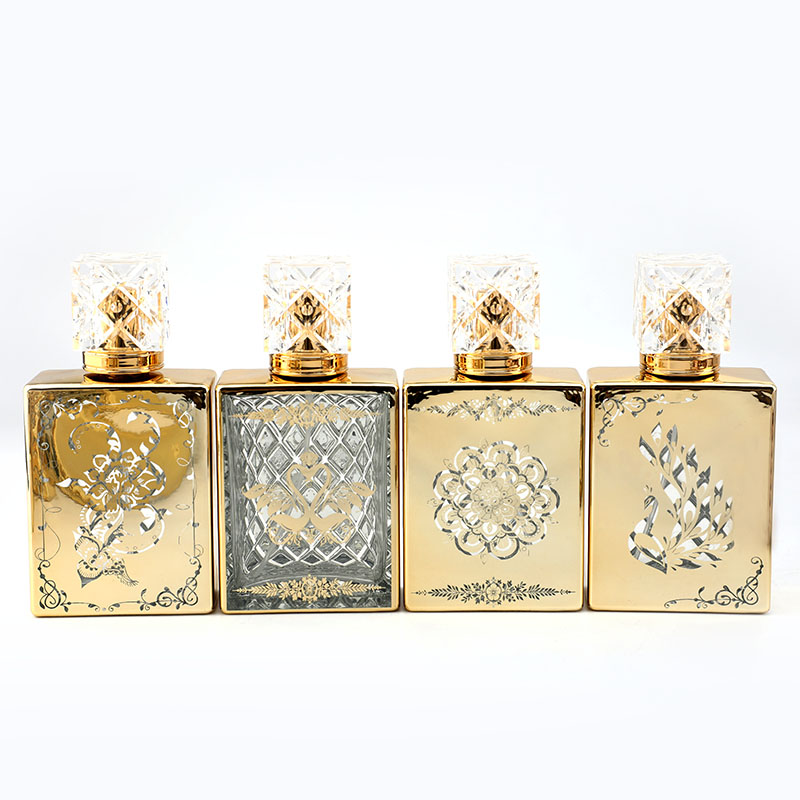Perfume bottle, a vessel made to hold scent.The earlist example iis Egyptian and dates to around 1000 BC. The Egyptian used scents lavishly,especially in religious rites; as a result, when they invented glass,it was largely used for perfume vessels. The fasion for perfume spread to Greece, where containers, most often terra-cotta or glass, were made in a variety of shape and forms such as sandlled feet, birds, animals, and human head. The Romans, who thought perfume were aphrodisiacs, used not only molded glass bottles but also blown glass, after its nivention at the end of the 1st century BC by Syrian glassmakers. The fasion for perfume declined somewhat with the beinning of Christianity, coinciding with the deterioration of glass making.
By the 12th century Philippe-Auguste of France had passed a statute forming the first guild of parfumeurs, and by the 13th century Venetian glassmaking had become well established. In the 16th, 17th, and particularly the 18th centuries, the scent bottle assumed varied and elaborate forms: they were made in glod, silver, copper, glass, porcelain,enamel, or any combination of these materials; 18th century, the scent bottles were shaped like cats, birds, clowns, and the like; and the varied subject matter of painted enamel bottles included pastoral scenes, chinoiseries fruits, and flowers.
By the 19th century classical designs, such as those created by the English pottery ware maker, Josiah Wedgwood, came into fasion; but the crafts connected with perfume bottles had deteriorated. In the 1920s, however, Rene Lalique, a leading French jeweller, revived interest in the bottles with his production of molded glass examples, characterized by iced surfaces and elaborate relief patterns.
Post time: Jun-12-2023

